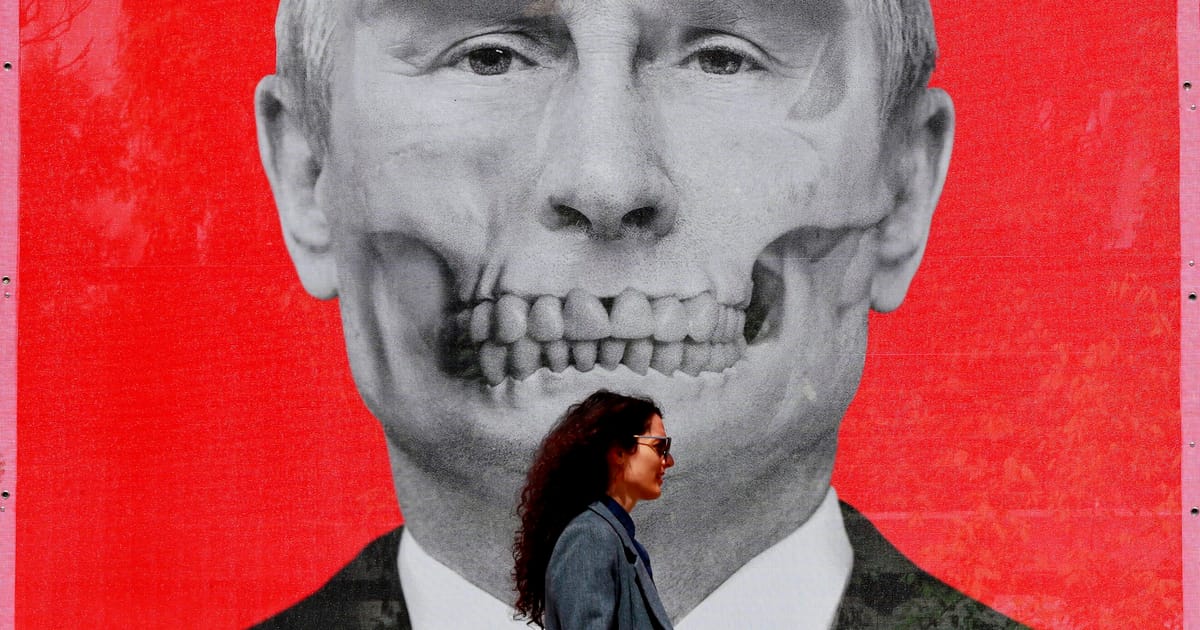

In an interconnected world, events unspool rapidly across the globe, each thread weaving into the complex tapestry of current affairs. From the vibrant landscapes of South America to the bustling streets of Sinaloa, there is much occurring that demands a closer look, painted here with careful strokes of calm and clarity.
The ongoing turmoil in the region of Sinaloa, Mexico, underscores the persistent challenges faced by nations grappling with organized crime. Recent reports reveal the discovery of twenty bodies, marking a chilling episode in the escalating conflict between factions of the Sinaloa drug cartel. Amidst these tensions, the Mexican government continues its efforts to quell the violence, striving for peace and security in the region. The gravity of the situation is palpable, and the hope remains steadfast that cooperative strategies can restore much-needed solace to the affected communities.
Turning our gaze towards the Southern Hemisphere, a cold front grips parts of South America with extraordinary intensity. As temperatures plunge across Chile, Argentina, and Uruguay, residents face significantly colder conditions than usual for this time of year. One weather station in Chile recorded temperatures that sank to a chilling -15.7 degrees Celsius, a notable deviation from the seasonal norms. Meteorologists predict that the cold spell will advance northward, bringing further chills to the continent. Preparedness and community support play critical roles in navigating these harsh conditions, reinforcing the resilience and camaraderie that such challenges often evoke.
Meanwhile, the coastal enclave of Gaza finds itself under the lens amid an escalating conflict. Recent reports detail the aftermath of an Israeli missile strike on a crowded cafe in Gaza City, turning a site of leisure into one of tragedy. This poignant episode amid broader geopolitical tensions highlights the perpetual quest for peace in a region fraught with historical complexities. Such events deepen the dialogue on conflict resolution and humanitarian efforts, urging the global community to engage with empathy and proactive diplomacy.
Finally, as we look back on twelve turbulent days in Gaza, the humanitarian dimension of the conflict with Israel offers sobering reflections. The cessation of a tenuous ceasefire led to heightened military actions and a consequential humanitarian crisis, amplifying the struggles of the Palestinian population. Yet, within this daunting narrative is a call for renewed dialogue and international cooperation to alleviate suffering and foster sustainable peace frameworks.
In navigating these diverse stories, we are reminded of the threads that connect us—of shared human experience and the universal desire for peace and understanding. By approaching each narrative with sensitivity and calm deliberation, we can better engage with the world around us, nurturing a future that embraces peace, resilience, and global harmony.
Source: {link}
